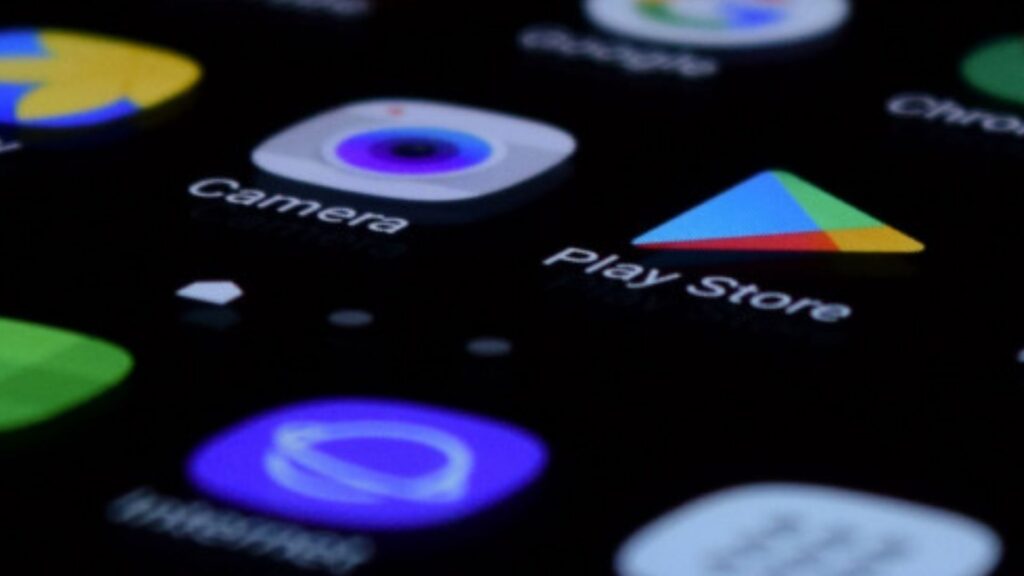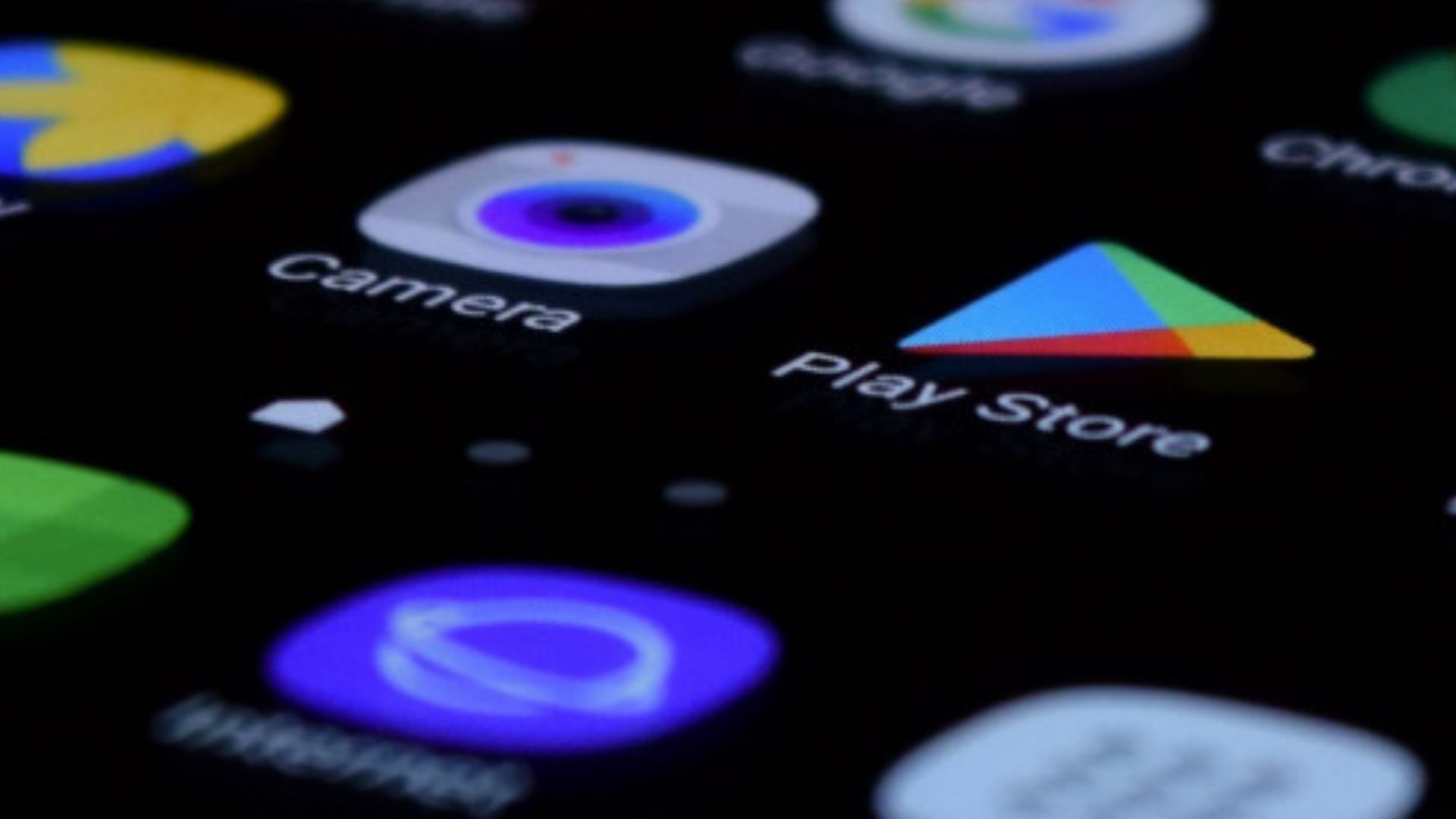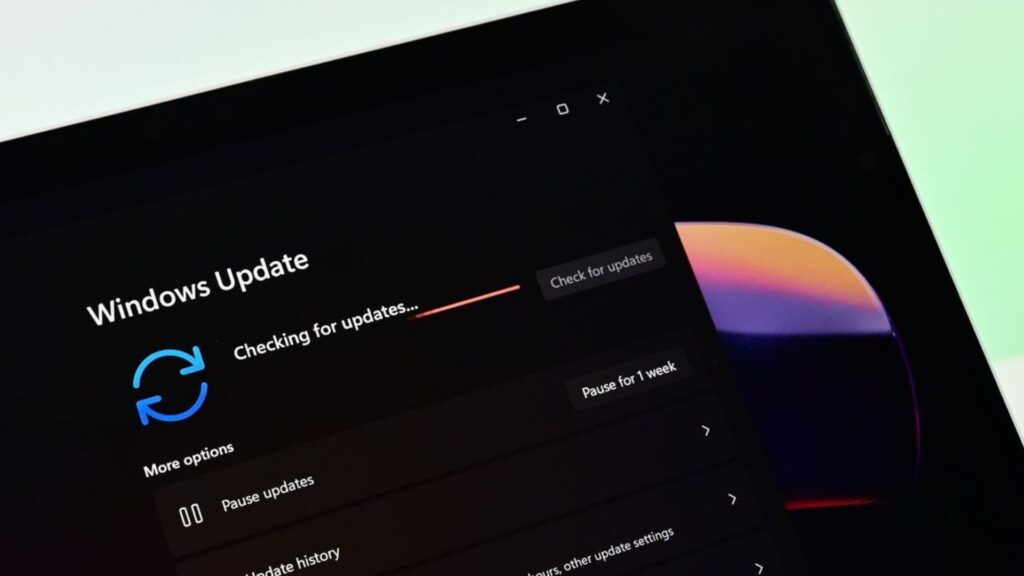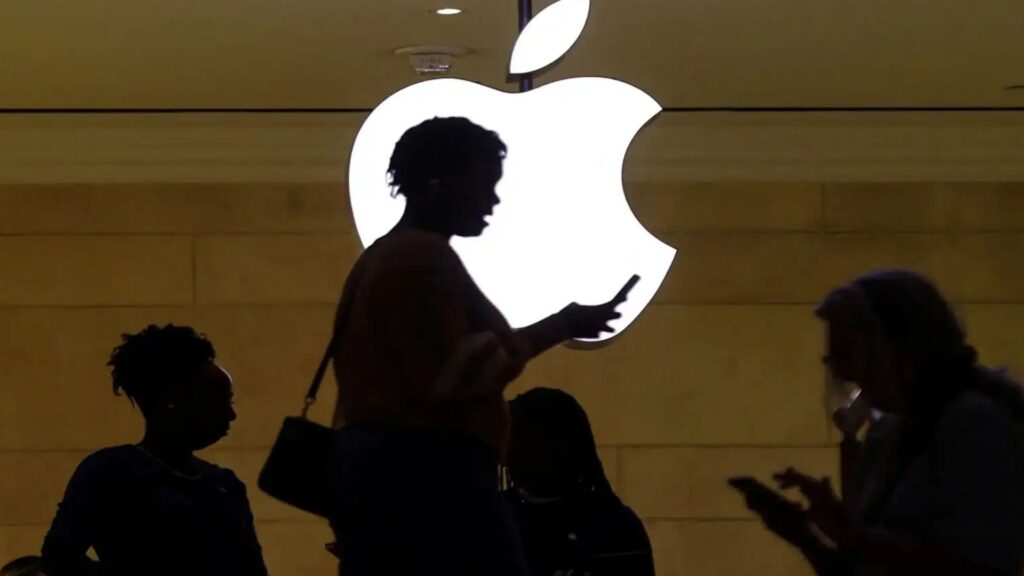In a significant move to strengthen digital safety, Google has confirmed the removal of 77 malicious apps from the Play Store. These apps, identified by cybersecurity researchers, were linked to malware and data theft, affecting millions of Android users globally. But this removal is just one part of a sweeping purge that has been reshaping the Play Store in recent years.

According to data from Surfshark, supported by Google’s transparency reports, nearly four million apps were deleted from the Play Store in 2024 alone. That equates to roughly 11,000 apps being taken down every single day. More than half of these removals were tied to privacy and data protection violations, signaling Google’s renewed focus on security and regulatory compliance.
Why Google Removed 77 Malicious Apps

The latest wave of removals stems from the discovery of a new variant of Anatsa malware. This Trojan primarily targeted financial institutions and was embedded within seemingly harmless apps. According to Zscaler’s ThreatLabz, the malicious apps had collectively accumulated over 19 million downloads before they were flagged and reported to Google. The malware targeted over 831 banks and financial platforms worldwide, posing a direct risk to users’ sensitive financial data.
By removing these apps, Google aimed to minimize the spread of malicious software and protect users from fraud and identity theft. However, the responsibility does not end with Google users still need to take proactive steps to safeguard their devices.
Short Summary Table
Key Point |
Details |
|---|---|
Apps Removed |
77 malicious apps (part of 4 million removed in 2024) |
Main Reason |
Privacy violations, malware, data theft |
Malware Identified |
Anatsa Trojan, targeting 831+ financial institutions |
Downloads Affected |
Over 19 million installs before removal |
Developer Accounts Suspended |
About 155,000 in 2024 |
User Advice |
Uninstall outdated/malicious apps, check permissions, use trusted developers |
Upcoming Feature |
New “Uninstall” button on Play Store listings |
Official Site |
The Larger Digital Purge of the Play Store
Google’s action against malicious apps is part of a broader enforcement campaign. In 2024 alone, nearly four million apps were removed. This represents a dramatic contraction of the Play Store, which by early 2024 had already lost close to half of its apps compared to previous years.
Alongside app removals, Google suspended about 155,000 developer accounts in 2024. Many of these suspensions were linked to policy violations, ranging from privacy issues to fraudulent practices. This demonstrates Google’s commitment to maintaining higher standards for developers.
Stricter Developer Rules
In its push to build a more secure ecosystem, Google has tightened its rules for developers. The company now requires verified developer accounts not only for Play Store distribution but also for sideloaded apps. This means only developers who meet certain standards and identity verification protocols can distribute apps, even outside the Play Store.
This measure aims to reduce the circulation of apps from anonymous or suspicious sources, making it harder for malicious actors to distribute harmful software.
What Happens When Apps Disappear from the Play Store?
Google has clarified that when an app disappears from the Play Store, it is almost always due to enforcement and not a voluntary removal by the developer. However, removal from the store does not automatically delete the app from a user’s device.
If you already have the app installed, it will remain on your phone. The key difference is that it will no longer receive updates or security patches. If the app has been flagged as dangerous, Google Play Protect may prompt you to uninstall it. Otherwise, users must decide whether to continue using the app or remove it manually.
Security experts strongly recommend deleting apps that are no longer available in the Play Store, particularly if they were removed due to security or privacy violations.
New “Uninstall” Button in Testing
To make it easier for users to manage unwanted or unsafe apps, Google is testing a new Play Store feature. According to Android Authority, an “Uninstall” button may soon appear directly on app listings within the Play Store. This would allow users to remove apps from their devices more quickly without navigating through multiple menus.
Currently, the uninstall process requires users to go through the “Manage apps & devices” section and manually delete apps one by one. The new button will simplify single-app removals, though bulk removals will still depend on the existing management system.
The Role of Users in Staying Safe
While Google is taking major steps to remove harmful apps and block malicious developers, users still play a critical role in their own security. Surfshark emphasized that responsibility ultimately falls on individuals to practice safe downloading habits. These include:
- Checking app permissions before installation
- Reading reviews and user feedback
- Downloading apps only from reputable developers
- Regularly uninstalling outdated or untrusted apps
Surfshark also warned that the massive purge of apps may create a false sense of security. Just because an app is on the Play Store does not mean it is entirely risk-free. Vigilance is still required.
Frequently Asked Questions (FAQs)
1. Why did Google remove 77 apps from the Play Store?
A. The apps were found to contain a variant of the Anatsa malware, which targeted financial institutions and put user data at risk.
2. How many apps did Google remove in 2024 overall?
A. Nearly four million apps were deleted, equating to about 11,000 removals per day.
3. What happens if I already have a removed app on my phone?
A. The app will remain installed but will not receive updates. Google Play Protect may prompt you to uninstall if it is considered harmful.
4. Will Google automatically delete unsafe apps from my device?
A. Not always. Dangerous apps may trigger Play Protect alerts, but most removals require users to uninstall apps themselves.
5. What is the new Play Store “Uninstall” button?
A. Google is testing an uninstall button on app listings that lets users quickly remove apps without navigating multiple menus.
6. How can I protect myself from malicious apps?
A. Download only from trusted developers, check permissions, read reviews, and remove outdated or suspicious apps regularly.
Conclusion
Google’s removal of 77 malicious apps is part of a broader strategy to secure the Play Store and protect users from privacy breaches and financial fraud. With millions of apps being purged and stricter rules imposed on developers, the Play Store is undergoing a major transformation. Still, the ultimate responsibility lies with users to remain cautious and adopt safe downloading practices. As the digital ecosystem evolves, awareness and vigilance remain key defenses against cyber threats.
For More Information Click HERE






